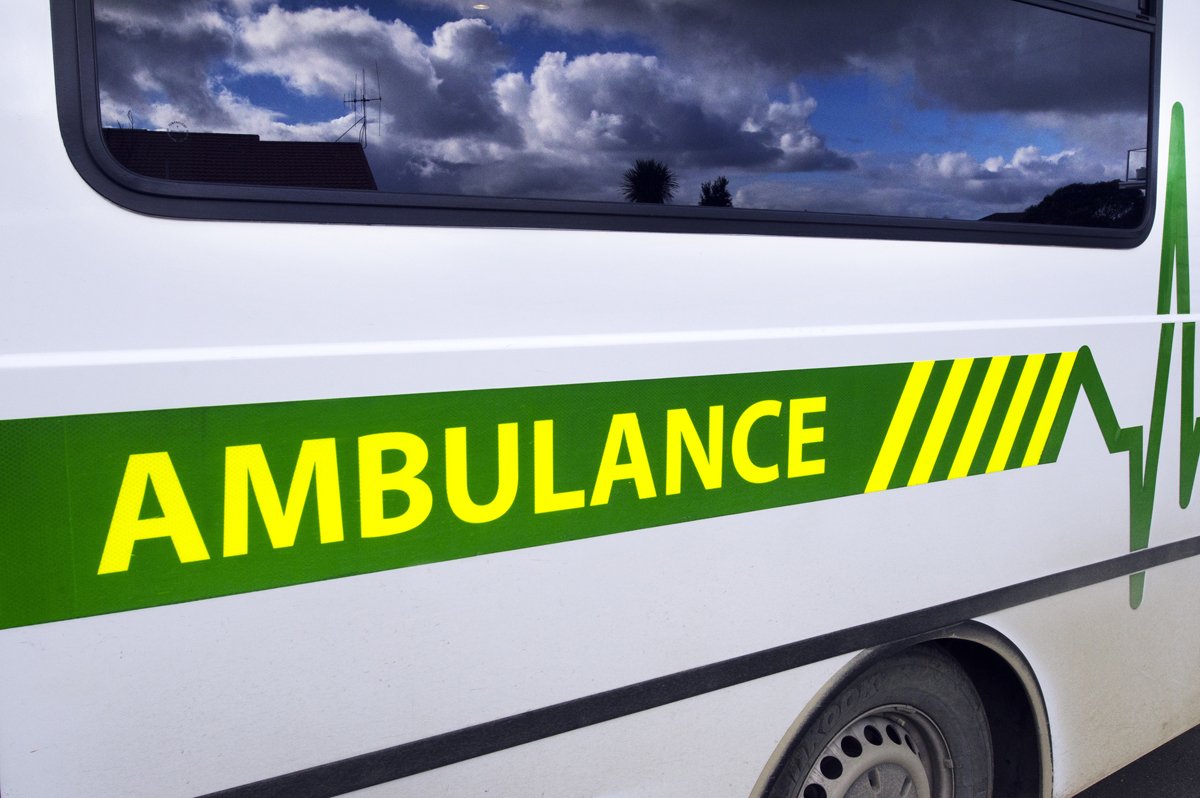To all the paramedics and ambulance workers out there – thank you for all you are doing for our communities during the Covid-19 lockdown! You are essential workers and an essential service whether or not we are in lockdown. At Resonance, we know how long and tiring your days can be and appreciate all your hard work. We also know that Sore Feet Don’t Stop, especially when you are busy!
Your role is to help people in traumatic and distressful times, and make sure they have the best care and outcome possible. I imagine working in emergency medicine can be quite demanding, and that putting your own health and wellbeing might not be at the forefront, especially in times like these. So for these reasons, I’d like to share a few tips and exercises you can do between calls and after your shift to look after your feet. We’d like to stop you from having to call an ambulance or even worse, waiting to see the ambulance at the bottom of the cliff!
Heel pain and arch pain can be crippling. There are a range of conditions that can cause heel pain especially if you are active in your work or standing during your shift. Plantar fasciitis is a common condition that often feels like a continuous dull ache in the heel and sometimes into the arch of the foot. This can be made even worse when you are in the ambulance between call outs, and then have to step out of the van and feel the excruciating pull in your plantar fascia band – Yeeouch! Not to mention the throbbing or aching pain you may feel in your feet at the end of the workday. A few things you can do to reduce this pain or prevent it from starting or becoming worse, is to keep your feet strong and supported.
Footwear plays a large role in supporting our feet. It is likely that you have supportive work boots that also offer you protection for whatever callouts you may have. Your shoes should have a firm heel counter to hold your foot in a stable position, have a structured midsole that resists compression and too much torsion, and offers you cushioning under your feet. Make sure that your work shoes are still offering you these benefits, as materials can break down and lose their support over time. If you are able to twist them like a pretzel or fold them in half like a Danish pastry (sorry, must be lunch time), then they are no longer giving you the support you need. Replacing work shoes every year is in your best interest to keep your feet and posture in tip top shape.
Keeping your feet strong can also help with achy feet and other niggles that you may be feeling. A great exercise to do is roll out your arch on a tennis ball. In a seated position, place the ball, or any other type of firm ball or cylinder, under your foot (make sure to take shoes off here!). With a downward force, press your heel and arch into the ball, moving it back and forth. Continue for a few minutes and repeat this 2-3 times a day. After doing this, you can move on to a few other foot exercises. Picking up marbles or small stones with your toes will get the intrinsic muscles in your feet working. Also try lifting and extending your toes; lift the big toe while keeping the smaller toes down, and vice versa. These exercises activate and strengthen all the small muscles in your feet that help support your arch and help your foot move with each step. Watch this video from Resonance Podiatrist Brittany for a better idea of how to do these exercises.
Not only do we need strength, we also need flexibility. Often sore feet can come from muscles and joints that are stiff or tight higher up the chain. I’m looking at you calf muscles and hamstrings! If we can improve our range of movement in these muscle groups, we can adjust how our feet are compensating and adjusting to forces. In your ambulance job, these muscles likely get their fair share of exercise from walking, lifting, and carrying heavy objects and patients. Tight calf muscles are a risk factor for foot pain. Give yourself a few minutes of stretching time during your shift, possibly between patient call outs and time spent in the ambulance. This video demonstrates simple exercises and stretches you can do for your ankles and calf muscles.
Sore feet can come with many presentations and may need a bit more help than some of the mentioned exercises and stretches. If you are having any trouble at all, don’t hesitate to give us a call or send an email, as we are happy to help and keep you on your feet. Thank you for your work and dedication!
Written by Resonance Podiatrist Megan McPherson
www.respod.co.nz
0800 473 776

